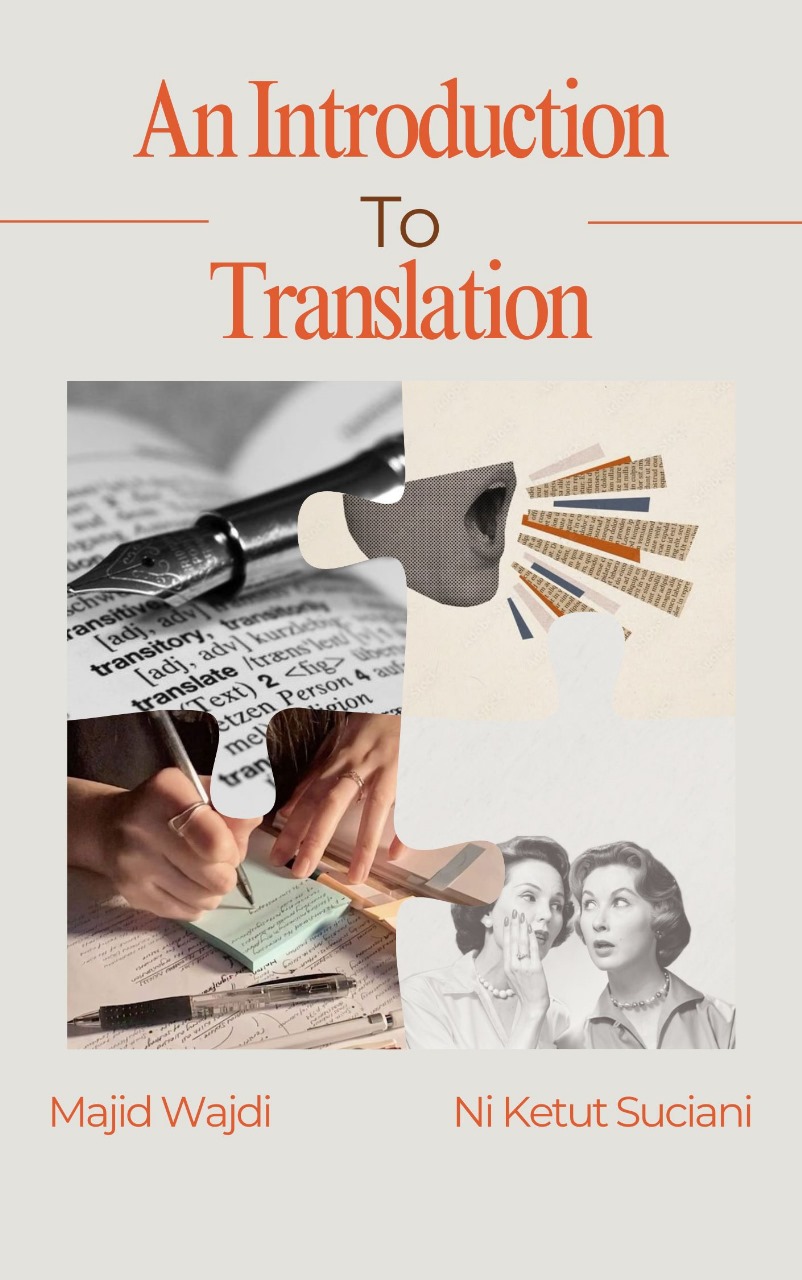Chapter 7 Textual Equivalence: Cohesion
Keywords:
Textual Equivalence, Cohesion, Cohesive Devices, Discourse Coherence, Translation StrategiesAbstract
This chapter examines textual equivalence in translation, focusing on cohesion as a key element in ensuring clarity and coherence. The objective of learning this topic is to understand how cohesive devices—such as reference, substitution, ellipsis, conjunctions, and lexical cohesion—function in translation to maintain logical connections within a text. The method of learning involves theoretical study and practical analysis, where learners compare source and target texts to identify cohesive elements and assess their effectiveness in translation. The analysis highlights challenges in preserving cohesion across languages, including structural differences and cultural variations in discourse patterns. The discussion also explores strategies for maintaining textual unity while adapting cohesion to the target language's conventions. The conclusion emphasizes that achieving cohesive equivalence enhances readability and comprehension, ensuring that translated texts convey meaning smoothly and effectively.
Downloads
References
-
Downloads
Published
Issue
Section
License
Copyright (c) 2025 Majid Wajdi, Ni Ketut Suciani (Author)

This work is licensed under a Creative Commons Attribution-NonCommercial-ShareAlike 4.0 International License.
License Terms
1. Open Access Policy
This journal provides immediate open access to its content, supporting the principle that making research freely available to the public fosters greater global knowledge exchange.
2. License Type
All articles published in this journal are distributed under the Creative Commons Attribution License (CC BY 4.0). This license allows others to:
- Share: Copy and redistribute the material in any medium or format.
- Adapt: Remix, transform, and build upon the material for any purpose, even commercially.
Under the following terms:
- Attribution: You must give appropriate credit, provide a link to the license, and indicate if changes were made. You may do so in any reasonable manner, but not in any way that suggests the licensor endorses you or your use.
3. Author Rights
Authors retain the following rights:
- The right to use the substance of the article in future publications of their own, provided that proper acknowledgment is given to the original publication in this journal.
- The right to reproduce the article for their own purposes, including for educational use.
4. Copyright
Authors who publish in this journal agree to the following terms:
- The copyright for articles remains with the authors.
- Authors grant the journal a non-exclusive license to distribute their work and ensure its indexing and visibility through various repositories.
5. Responsibility
The journal holds no responsibility for content accuracy, completeness, or reliability. Responsibility lies solely with the authors of the published work.
6. Revisions and Updates
These license terms may be revised or updated. Any changes will apply to future articles submitted after the date of the update.



